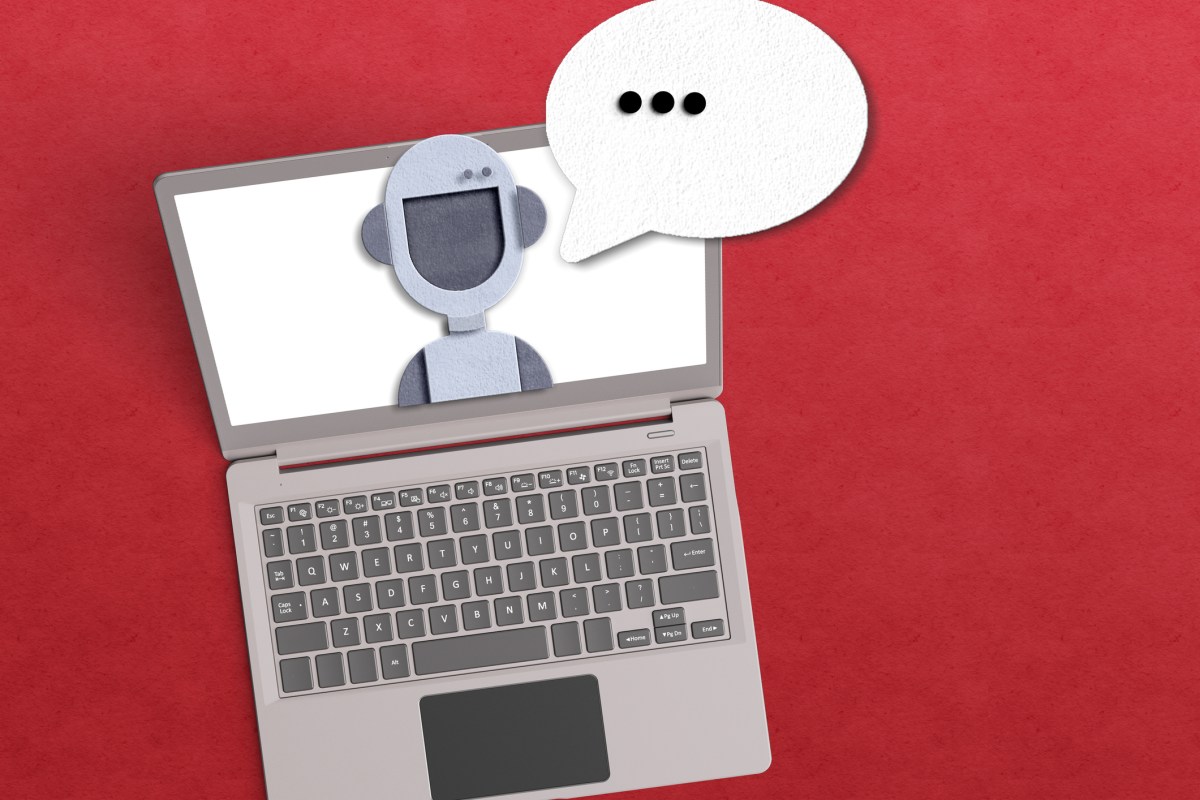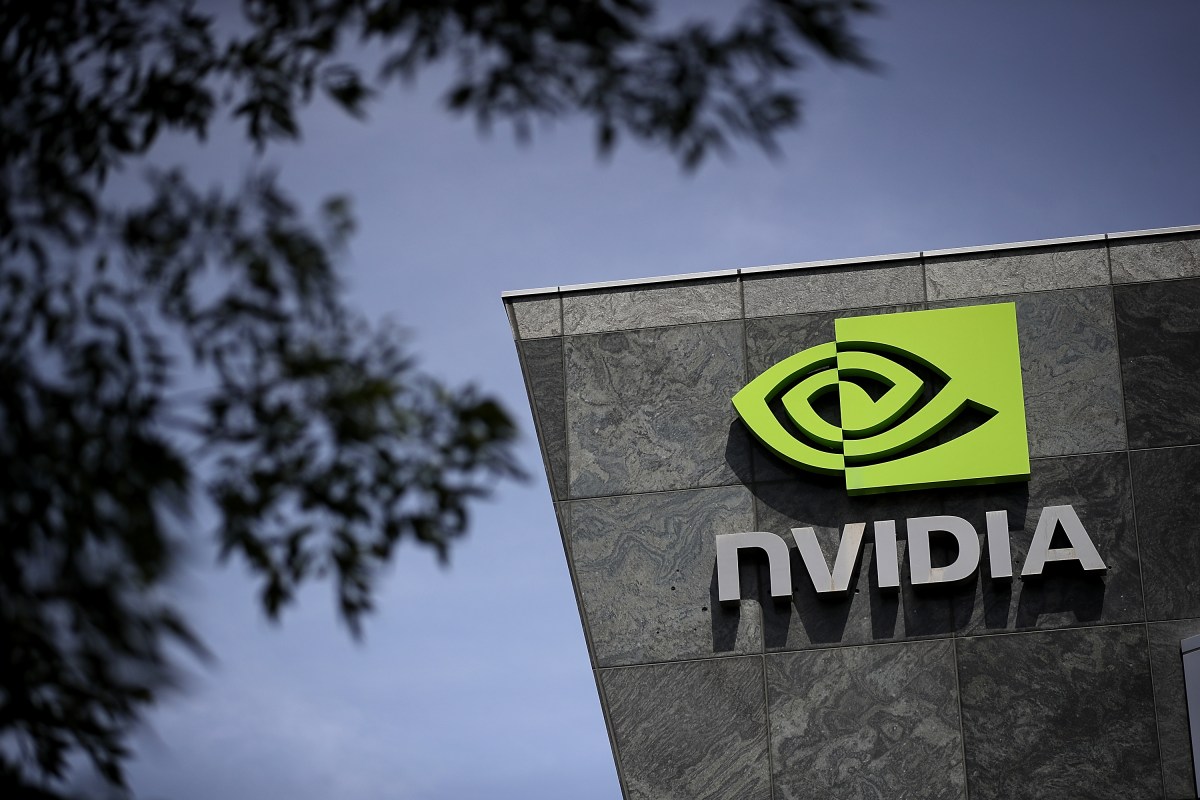
The U.S. Department of Justice plus attorneys general from 16 states and the District of Columbia sued Apple for antitrust this morning in federal court. The suit alleges that the company has a monopoly in the premium smartphone market and uses a variety of illegal tactics to perpetuate that monopoly.
Leaving aside the details of those tactics and their legality (if you’re interested, you can read the entire lawsuit here) the case has a lot of parallels to the DOJ’s antitrust suit against Microsoft in the 1990s, which I covered at Directions on Microsoft from 2000 through 2010. Even Attorney General Merrick Garland noted those parallels, saying, “The landmark Microsoft case held a monopolist liable under the antitrust laws for leveraging its market position to undermine technologies that would have made it easier for users to choose different computer operating systems. Today’s complaint alleges that Apple has engaged in many of the same tactics that Microsoft used.”
But there’s one critical difference between the cases: Microsoft had a clear monopoly over the relevant market of operating systems for personal computers. Apple’s monopoly position is not nearly as clear-cut.
It’s not illegal to have a monopoly, as Garland also noted in his press conference. It is, however, illegal to use certain tactics to perpetuate or maintain that monopoly — but to prove that, you have to prove the defendant has sufficient market power to foreclose competitors.
Microsoft Windows had well over 90% market share in the relevant market of operating systems for personal computers. It was so dominant in the pre-smartphone age, in fact, that one Goldman Sachs estimate reportedly had Microsoft operating systems on 97% of all computing devices in 2000.
Although the actual outcome of the Microsoft antitrust case could be described as a mixed victory for the DOJ, with a lot of the penalties — including the dissolution of Microsoft into two companies — thrown out on appeal, the findings of fact in that case clearly established Microsoft had monopoly power. That paved the way for a number of private follow-on lawsuits which Microsoft mostly settled.
On a pure numbers basis, Apple’s market share is much lower.
In its suit, the DOJ argues that Apple has more than 70% market share of smartphones in the U.S. if you measure by revenue. That’s different than measuring by units shipped — there, Apple’s share is closer to 64% as of the last quarter of 2023, according to stats from Counterpoint Research, well ahead of number-two Samsung at 18%. The DOJ argues, however, that there are other metrics that prove the iPhone’s dominance, such as the fact that most young users choose iPhones over phones from Samsung running Google’s Android operations system, for example. Higher-demographic households also tend to choose the iPhone.
The government also argues that the U.S. is a relevant market because most consumers purchase smartphones through carriers and because potential new entrants have to comply with U.S. telecommunications laws, among other things. This argument is important because Apple’s market share is much lower globally (only 23%, with number-two Samsung at 16%). The number one spot is listed as “Others,” mostly consisting of low-cost Android phones. This is clearly still a fragmented global market, which does change the competitive dynamic — developers have significant incentive to build apps for Android, for instance. Contrast this with Microsoft’s market dominance, which was global — there was almost no viable alternative at the time.
The key section in the DOJ’s case begins on page 66, entitled, “Apple has monopoly power in the smartphone and performance smartphone markets.” The argument comes down to barriers to entry.
First, the DOJ says that most people already have a smartphone and are upgrading when they buy a new one — and because most of those users already have an iPhone, they’re more likely to choose another iPhone. The DOJ claims Apple has put a lot of artificial barriers in place that make it hard to switch, such as the difference between blue and green bubbles for messaging iPhone and Android phone users, and allegedly restricting the functionality of third-party cross-platform video apps, instead steering people to FaceTime, which works only on Apple products. If users do switch, they face costs and frictions such as learning a new interface, buying new apps, transferring data, and so on.
Second, the DOJ cites a laundry list of technical barriers to entry, such as procuring expensive components, designing sophisticated hardware and software, securing distribution agreements, etc. There’s also a host of circumstantial proof, such as Apple’s massive and durable profit margins on iPhone sales.
These arguments may prove compelling to a judge in the case. But in terms of barriers to entry, Apple could argue that product differentiation and integration is not the same as foreclosing competition. A fully integrated platform with built-in apps for particular features like web browsing and videoconferencing is easy and convenient and customers choose it, and continue to choose it, because they prefer it, not because they’d like to switch to Android and are blocked by artificial barriers.
In the second case, Apple could point to the massive investments it has made over the last 15 years building these supply chains and relationships with carriers and developers and rightly ask why it should be punished now for doing the necessary work to build a lead.
That’s often the case with antitrust cases in the tech world. An innovator rises to the top through a combination of hard work, luck, and hardball business tactics. They build an unassailable lead in large part through network effects. Competitors complain. Governments intervene. The dominant player is stalled out for long enough that new competitors find a way to gain entry — much as Apple and Google did against Microsoft in the 2000s, as their smartphone operating systems rendered desktop PCs and Windows much less relevant.
And then the cycle starts all over again.







